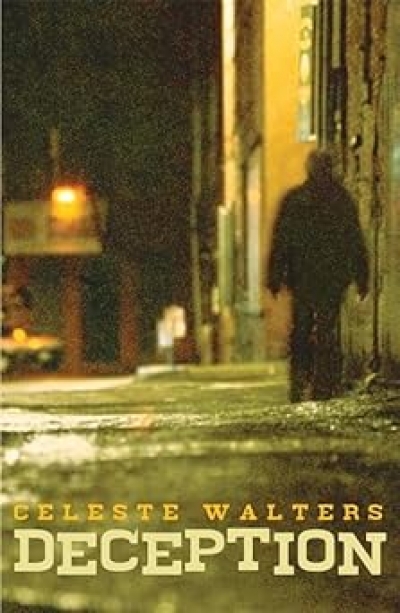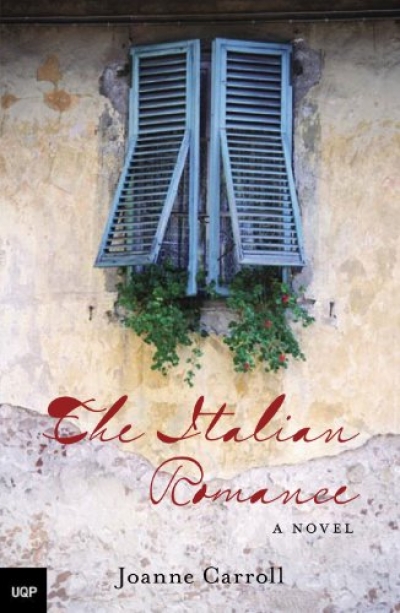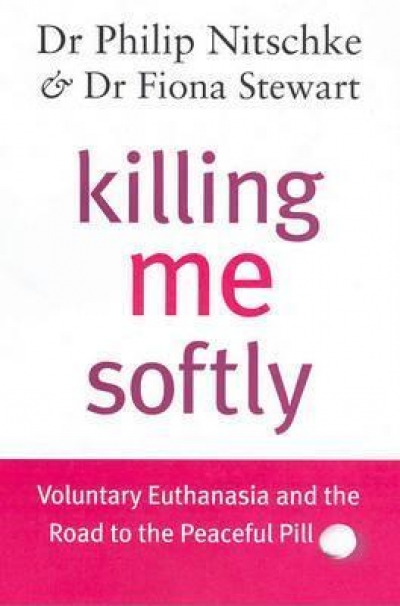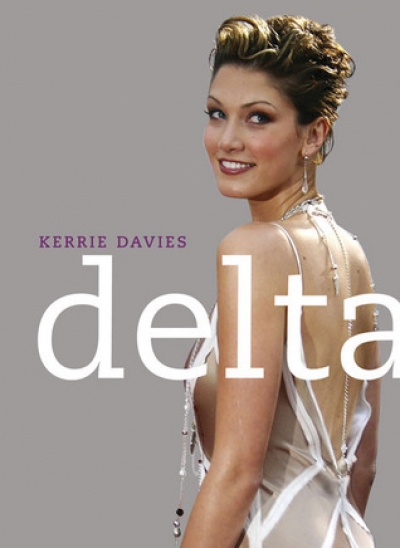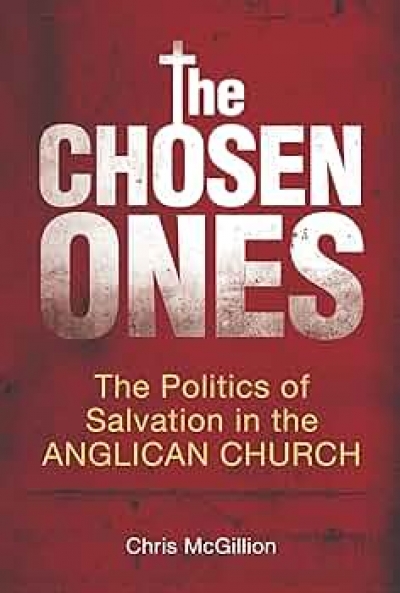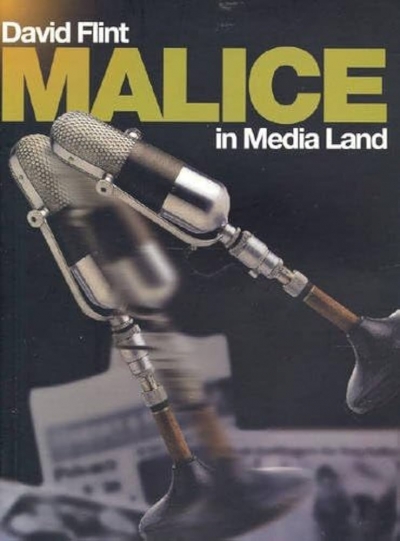Review
Dirt Cheap: Life at the wrong end of the job market by Elisabeth Wynhausen
by Mark Peel •
Killing Me Softly: Voluntary euthanasia and the road to the peaceful pill by Philip Nitschke and Fiona Stewart
by Tamas Pataki •
Kilroy Was Here by Kris Olsson & Desperate Hearts by Katherine Summers
by Christina Hill •
Dance Hall and Picture Palace: Sydney's romance with modernity by Jill Julius Matthews
by Alice Garner •
The Chosen Ones: The politics of salvation in the Anglican Church by Chris McGillion
by Ann-Marie Priest •


